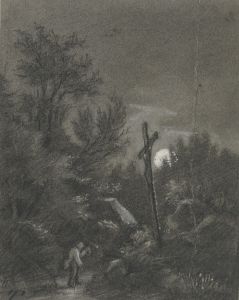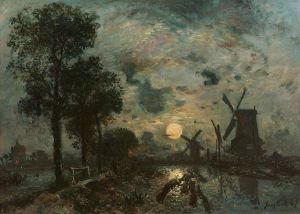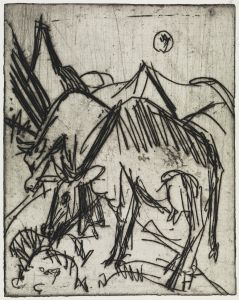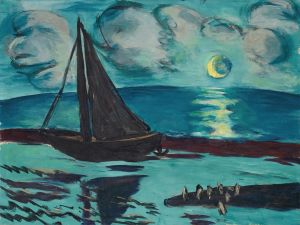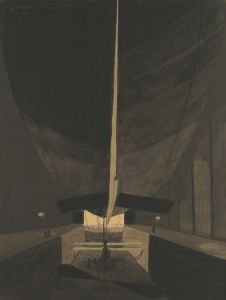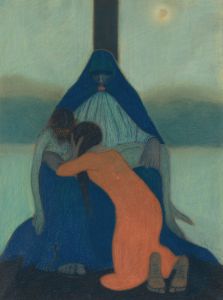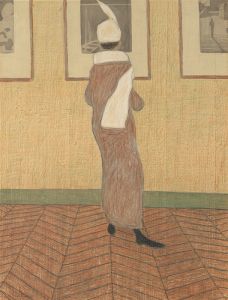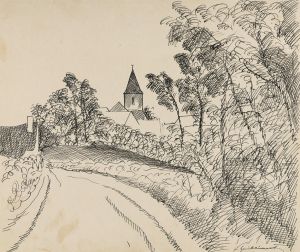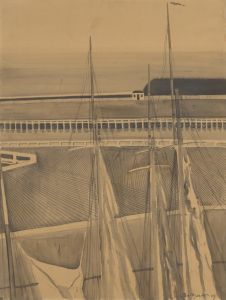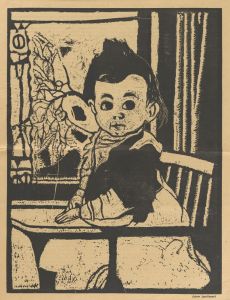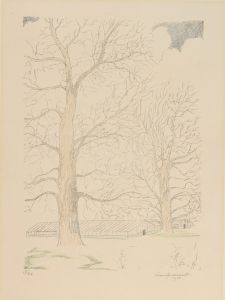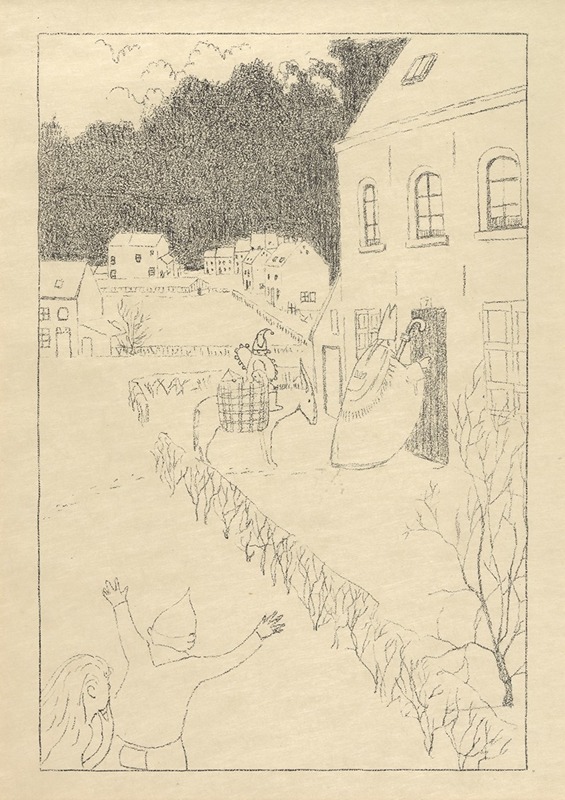
La visite de Saint-Nicolas
A hand-painted replica of Léon Spilliaert’s masterpiece La visite de Saint-Nicolas, meticulously crafted by professional artists to capture the true essence of the original. Each piece is created with museum-quality canvas and rare mineral pigments, carefully painted by experienced artists with delicate brushstrokes and rich, layered colors to perfectly recreate the texture of the original artwork. Unlike machine-printed reproductions, this hand-painted version brings the painting to life, infused with the artist’s emotions and skill in every stroke. Whether for personal collection or home decoration, it instantly elevates the artistic atmosphere of any space.
Léon Spilliaert was a Belgian symbolist painter known for his unique style that often conveyed a sense of mystery and introspection. Born in Ostend, Belgium, in 1881, Spilliaert developed a distinctive approach to art that combined elements of symbolism and expressionism. His works frequently explored themes of solitude, existential angst, and the human condition, often set against the backdrop of his native coastal landscapes.
One of Spilliaert's notable works is "La visite de Saint-Nicolas" (The Visit of Saint Nicholas). This painting is a fine example of Spilliaert's ability to blend the mystical with the mundane, capturing the essence of a traditional cultural event through his unique artistic lens. Saint Nicholas is a significant figure in Belgian and Dutch folklore, akin to Santa Claus in other cultures, and is celebrated on December 6th. The feast of Saint Nicholas is a time of joy and gift-giving, particularly for children, and Spilliaert's work reflects the anticipation and wonder associated with this festive occasion.
"La visite de Saint-Nicolas" showcases Spilliaert's characteristic use of muted colors and stark contrasts, creating an atmosphere that is both enchanting and slightly eerie. The painting likely depicts a scene where Saint Nicholas is visiting a household, a common tradition where he brings gifts to well-behaved children. Spilliaert's interpretation, however, is not merely a straightforward depiction of this event. Instead, it captures the emotional undercurrents and the sense of mystery that often accompany his works.
Spilliaert's technique often involved the use of watercolor, gouache, and ink, which allowed him to achieve a fluidity and depth in his compositions. In "La visite de Saint-Nicolas," these techniques might be employed to create a dreamlike quality, emphasizing the magical aspect of Saint Nicholas's visit. The figures in the painting, possibly including children and Saint Nicholas himself, are rendered with a sense of ethereal presence, contributing to the overall atmosphere of wonder and introspection.
Throughout his career, Spilliaert was influenced by a variety of sources, including literature, philosophy, and the coastal environment of Ostend. His works often reflect a deep engagement with the inner world of his subjects, and "La visite de Saint-Nicolas" is no exception. The painting can be seen as a reflection on the innocence of childhood and the cultural traditions that shape our experiences and memories.
Spilliaert's art did not gain widespread recognition during his lifetime, but he has since been acknowledged as a significant figure in Belgian art history. His works are celebrated for their emotional depth and innovative use of color and form. "La visite de Saint-Nicolas," like many of his paintings, invites viewers to look beyond the surface and explore the deeper meanings and emotions embedded within the scene.
In summary, "La visite de Saint-Nicolas" by Léon Spilliaert is a captivating work that exemplifies the artist's ability to merge the mystical with the everyday. Through his distinctive style and technique, Spilliaert captures the essence of a beloved cultural tradition, inviting viewers to reflect on the themes of childhood wonder and the passage of time.





